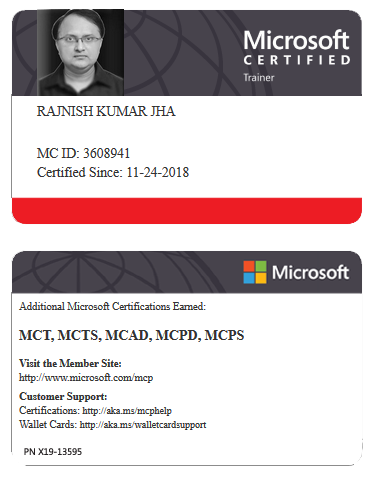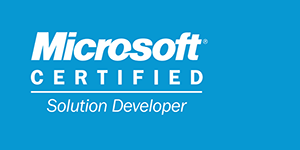Learning continuous integration (CI) with Actions in GitHub
Continuous Integration (CI) is a software development practice where code changes are automatically built, tested, and validated upon integration into a shared repository. GitHub Actions provides a seamless way to implement CI pipelines directly within your GitHub repository.
Key Components of CI with GitHub Actions
1. Automated Workflows
GitHub Actions automates CI workflows, which typically include:
Building: Compiling source code or setting up environments.
Testing: Running unit, integration, and system tests.
Validation: Ensuring code quality through static analysis and linting.
Feedback: Providing detailed logs and statuses for each CI run.
2. Triggers
CI workflows are triggered automatically based on events:
Push Events: Trigger CI on every code push to branches:
xxxxxxxxxx41on2push3branches4mainPull Request Events: Run CI on PR creation or updates:
xxxxxxxxxx41on2pull_request3branches4main
3. Jobs and Steps
A CI pipeline consists of jobs with multiple steps:
Jobs: Run on separate virtual machines or containers.
Steps: Execute commands or actions sequentially.
Example CI Workflow
File: .github/workflows/ci.yml
xxxxxxxxxx241nameContinuous Integration2on3 push4 branches5main6 pull_request7 branches8main9jobs10 build11 runs-onubuntu-latest12 steps13nameCheckout Repository14 usesactions/checkout@v315nameSetup Node.js16 usesactions/setup-node@v317 with18 node-version1619nameInstall Dependencies20 runnpm install21nameRun Lint22 runnpm run lint23nameRun Tests24 runnpm testKey Features in CI Workflows
1. Build and Test Matrix
Test across multiple environments, operating systems, or versions:
xxxxxxxxxx151strategy2 matrix3 node-version12 14 164 osubuntu-latest windows-latest5jobs6 test7 runs-on$ matrix.os 8 strategy9 matrix10 node-version12 14 1611 steps12usesactions/setup-node@v313 with14 node-version$ matrix.node-version 15runnpm test2. Parallel Jobs
Run independent jobs simultaneously to speed up CI pipelines.
3. Conditional Steps
Control step execution based on conditions:
xxxxxxxxxx11if$ success() 4. Artifacts
Upload and download artifacts (e.g., test results, build outputs):
xxxxxxxxxx51nameUpload Test Results2 usesactions/upload-artifact@v33 with4 nametest-results5 path./test-results/Best Practices for CI with GitHub Actions
Keep Workflows Simple: Modularize workflows into smaller jobs (e.g., build, test, deploy).
Fail Fast: Run quick checks (e.g., linting) early in the pipeline to detect issues faster.
Use Caching: Speed up workflows by caching dependencies:
xxxxxxxxxx71nameCache Dependencies2usesactions/cache@v33with4pathnode_modules5key$ runner.os -node-$ hashFiles('**/package-lock.json')6restore-keys7${{ runner.os }}-node-Automate Feedback: Post CI results to pull requests:
xxxxxxxxxx91steps2namePost Comment3usesactions/github-script@v64with5script6github.rest.issues.createComment(7issue_numbercontext.issue.number8body"CI checks completed!"9);Test Thoroughly:
Use matrices to ensure compatibility across environments.
Include both unit and integration tests.
Secure Secrets: Use encrypted secrets for sensitive data like API keys.
Monitor and Optimize: Analyze workflow performance to identify bottlenecks.
Benefits of CI with GitHub Actions
Integrated Environment: No need for third-party CI tools; workflows are native to GitHub.
Flexibility: Supports any programming language or platform.
Community Actions: Leverage reusable actions from the GitHub Marketplace.
Scalability: Run workflows on GitHub-hosted runners or self-hosted runners.
Detailed Logs: Comprehensive logs for every step to aid debugging.
Summary
By leveraging GitHub Actions for continuous integration, developers can automate code validation processes, reduce manual effort, and improve software quality.






















Leave a Reply